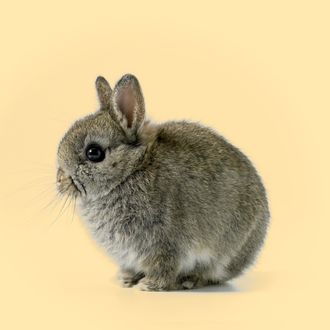
Last year, psychology at long last acknowledged the existence of “cute aggression,” that urge to nom-nom-nom a baby or a kitten or some other impossibly cute thing. This week, some of those same researchers expand on their earlier work with a new paper in Psychological Science that identifies why something so adorable would provoke such weird and slightly violent impulses. It seems this incongruous feeling is much like nervous laughter or tears of joy: It helps us regulate our emotions and bring us back down to a more even-keeled state after an unsustainable emotional extreme.
In the new study, researchers showed study volunteers pictures of babies, some of whom had more classically cute features (big eyes, round face) than others. The cuter the baby, the more the participants said they wanted to both care for it and eat dat baby right up. From my own research conducted primarily on Cute Overload, this seems about right. But what’s interesting here is that the researchers also asked the participants about their emotional state five minutes after looking at the photos, and the people who most strongly expressed that aggression showed a bigger decline in positive emotion.
So it seems that cute aggression is triggered by a feeling of being overwhelmed with something you might call squee. It’s similar to findings about inappropriately timed smiling; research has shown that people who spontaneously grinned when watching the saddest scene of a tearjerker film returned more quickly to a healthy cardiovascular state than those who’d simply cried. You can only take so much cute.




